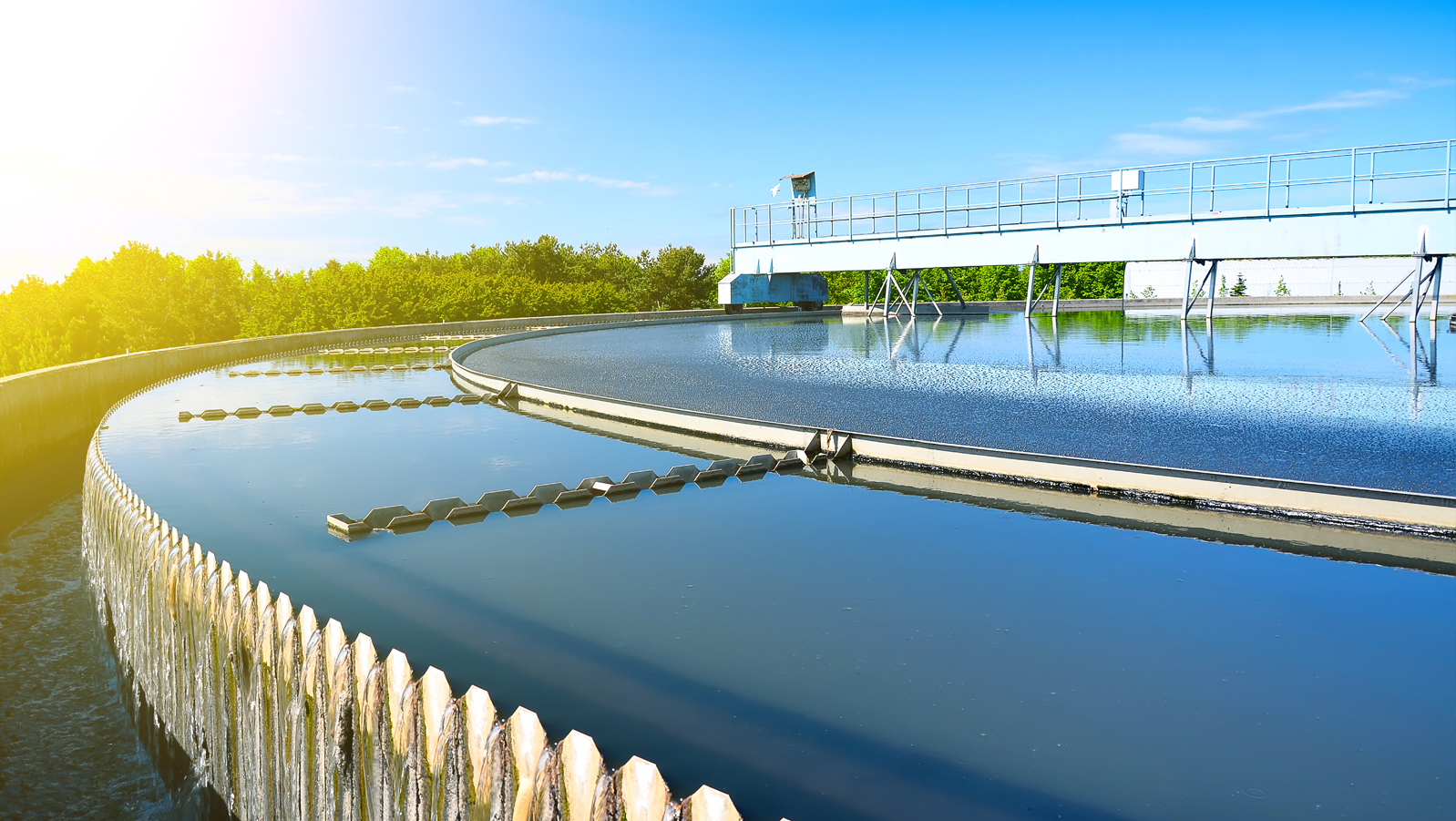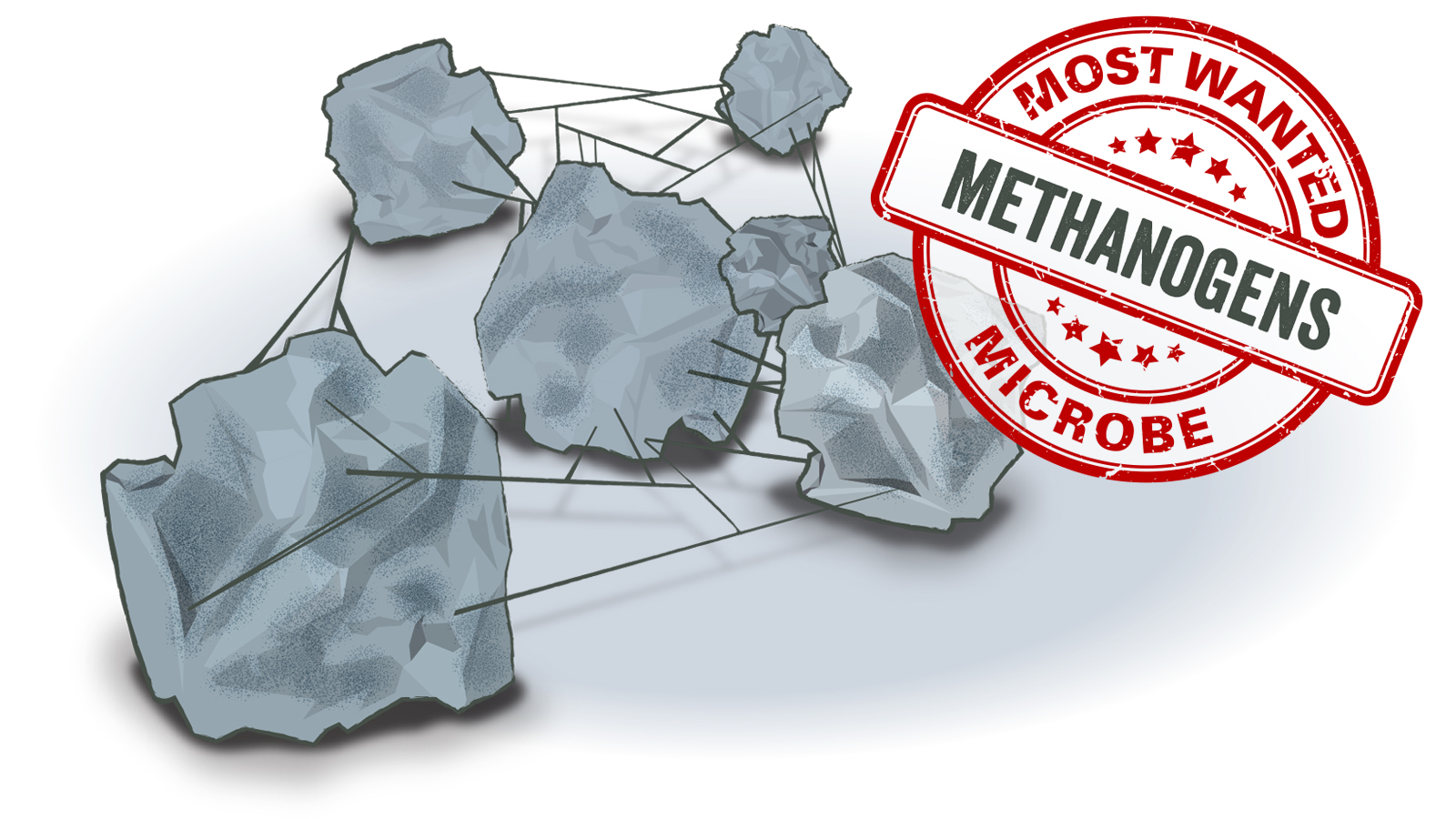Enhanced biological phosphorus removal (EBPR) was first documented in the early 1970’s. Traditionally it has been understood that EBPR requires a first stage anaerobic zone that is free of nitrate and nitrite. In the anaerobic zone, phosphorus accumulating organisms (PAO) utilize energy from stored polyphosphate to assimilate volatile fatty acids (VFAs) and produce polyhydroxybutyrate storage products. In subsequent aerobic zones, polyhydroxybutyrate storage products are used to provide energy for new cell growth and the formation of new internal polyphosphate bonds. A recent article in Water Environmental Research presented by Barnard, Dunlap and Steichen showed that in fact, EBPR mechanisms are much more complex and conventional EBPR processes may have been unintentionally selecting for less efficient PAOs.
It was understood that PAOs required VFAs, specifically acetic or propanoic acid, in the anaerobic zone. In the early days, this explained why EBPR processes worked better in hot climates where fermentation readily occurs in the sewage collection system. In systems with insufficient VFAs, an external sludge fermentation process needed to be added to supplement the PAOs. However, the reliance on VFAs is only true for some PAOs, such as Accumulibacter. There is also a group of PAOs, such as Tetrasphaera, that do not rely on VFAs and can perform fermentation as well as phosphorus accumulation. Tetrasphaera requires extended residence times in environments with a low ORP (<200 mV) to perform fermentation. Conventional EBPR processes – where all the primary effluent passes through the first stage anaerobic zone – is not conducive to Tetrasphaera fermentation because the residence time is too short and the ORP is too high. Alternative configurations – where a small, controlled portion of the primary effluent is sent to anaerobic zone (with the remaining flow bypassed to the anoxic or aerobic zone) – is more favourable to Tetrasphaera growth. In these alternate configurations, Tetrasphaera has been shown to have higher abundances relative to Accumulibacter.
Advancements in metagenomics is allowing us to question old assumptions about wastewater treatment. This includes assumptions about the unit processes (ie. side stream vs first stage anaerobic zones) and the operational metrics (ie. SRT, solids inventory) required to achieve treatment. Understanding the microbial community composition through metagenomics can drastically increase the operational knowledge of a treatment plant. Tetrasphaera and Accumulibacter can both accomplish EBPR, however the mechanism is very different.
With metagenomics, combined with ATP, LuminUltra is committed to advancing wastewater treatment design and operation, thereby ensuring treatment plants can reach maximum capacity in an energy efficient manner.









